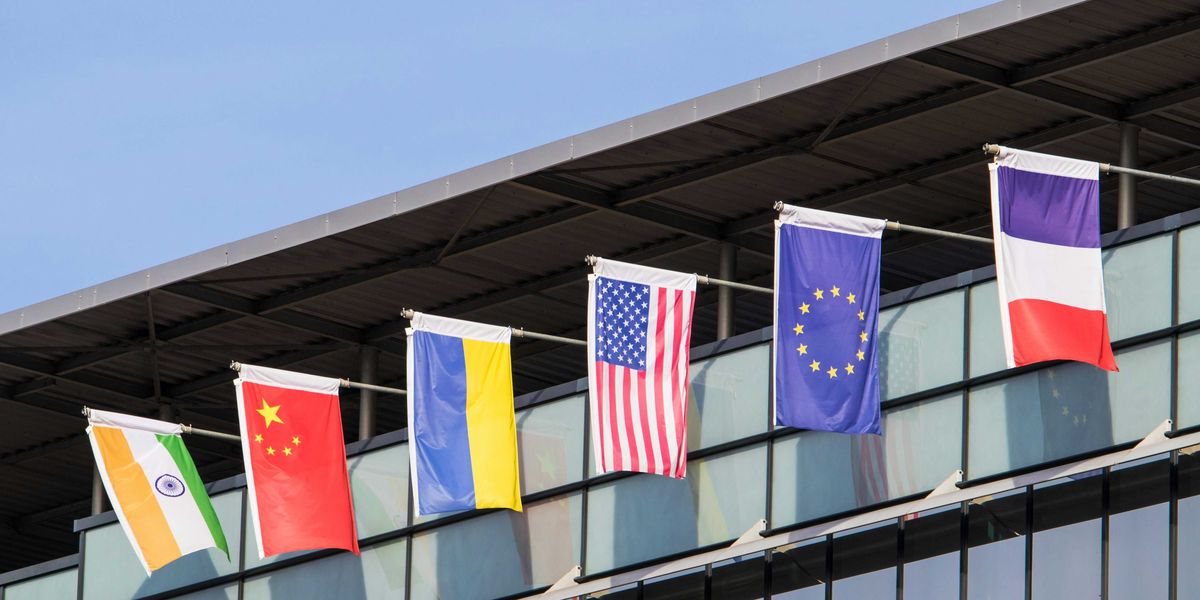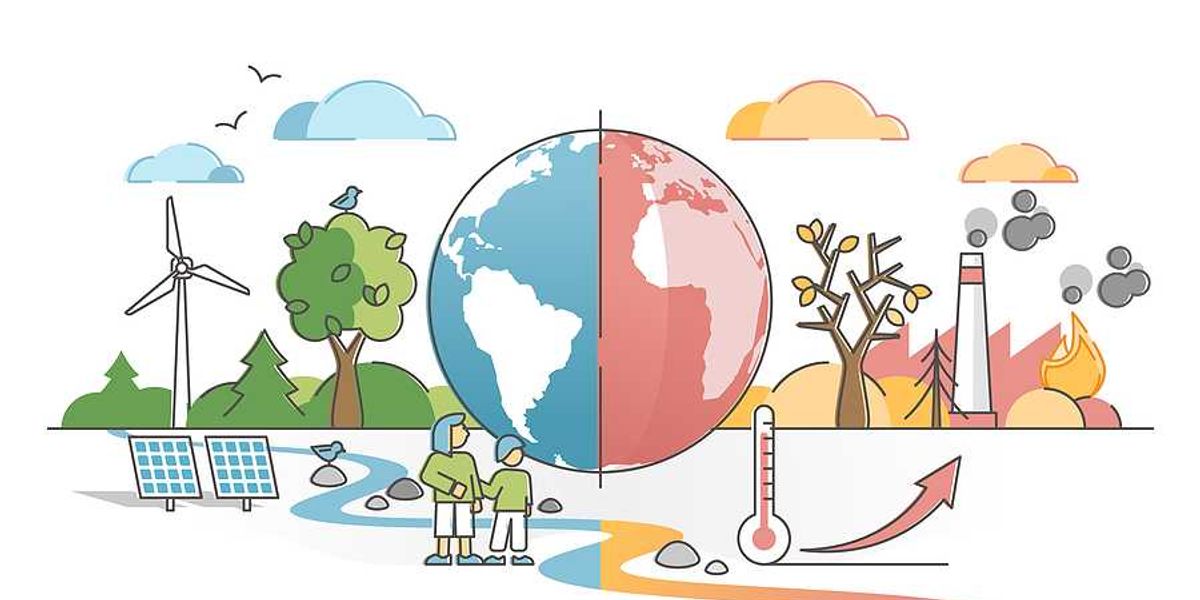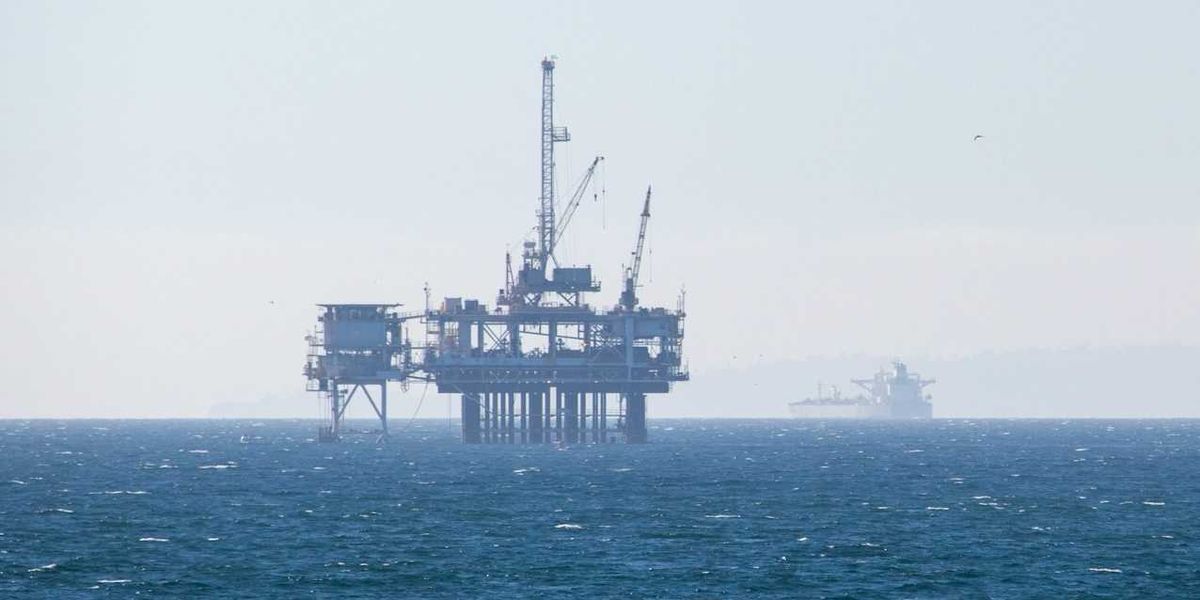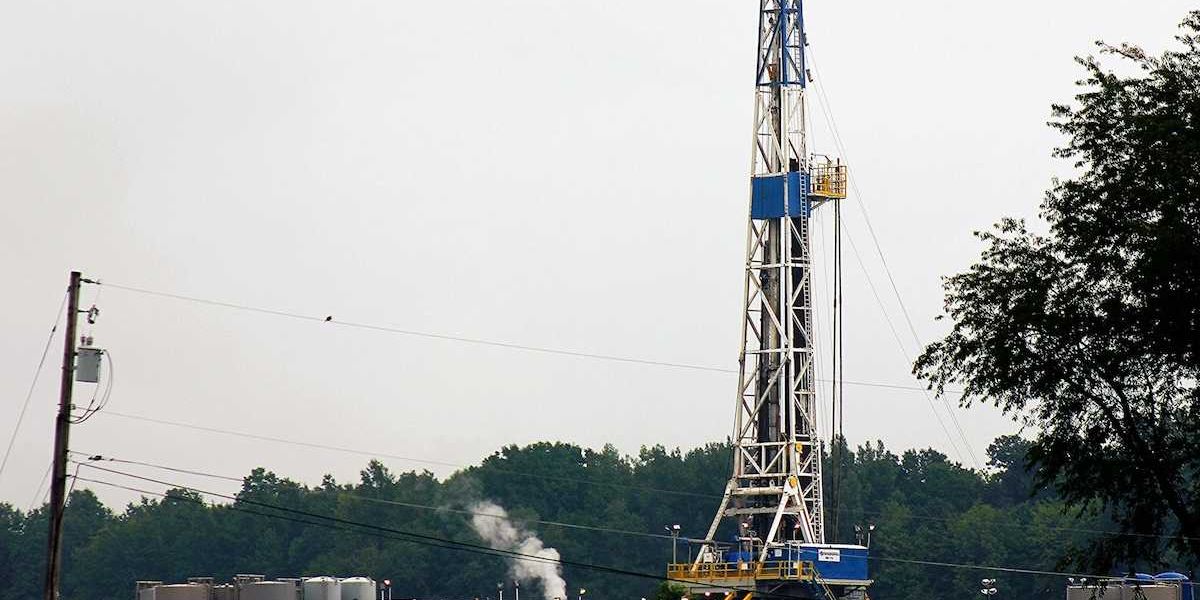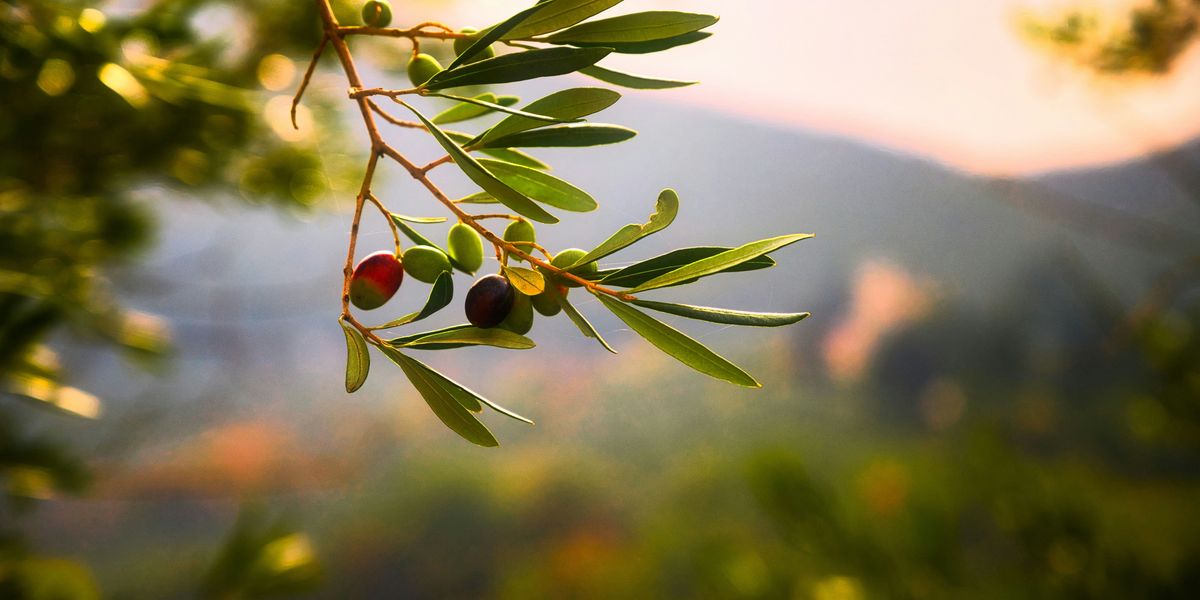
Wine, olive oil, and produce prices climb as southern Europe’s farms struggle with drought and heat
Southern European farmers are investing heavily in climate adaptations as rising temperatures, droughts, and extreme weather threaten long-established crops like grapes, olives, and citrus.
Sarah Butler reports for The Guardian.
In short:
- Producers across southern Europe are facing mounting pressure as droughts and wildfires disrupt crop yields and drive up costs for irrigation, water storage, and climate-resilient farming techniques.
- Analysts project that climate-driven agricultural losses in the EU could rise by 64% by 2050, with Spain, Italy, Greece, and France expected to face the steepest losses, particularly from drought.
- As growing conditions worsen, farmers abandon land or shift to hardier crops, while companies seek new growing regions and invest in storage to buffer against supply disruptions.
Key quote:
“Cheap wine is not going to be easy to find. It used to be that the south of France, Spain and Greece produced cheap wine of Europe. Now it is going to be very difficult to compete on price.”
— Stellios Boutaris, head of Kir-Yianni wine producers
Why this matters:
The Mediterranean basin, long known for its abundant vineyards, olive groves, and citrus orchards, is becoming one of Europe’s climate frontlines. Higher temperatures and prolonged droughts are hitting small family farms hardest, many of which lack the capital to adapt. Food prices are already responding to these pressures, with fresh produce and staples like olive oil becoming more expensive and less predictable in supply. Crops that once defined the region’s identity now face an uncertain future. As conditions worsen, shifts in agricultural patterns could change not just diets and prices but also rural economies and cultural traditions rooted in farming.
Learn more: Climate change will continue to drive up consumer costs


